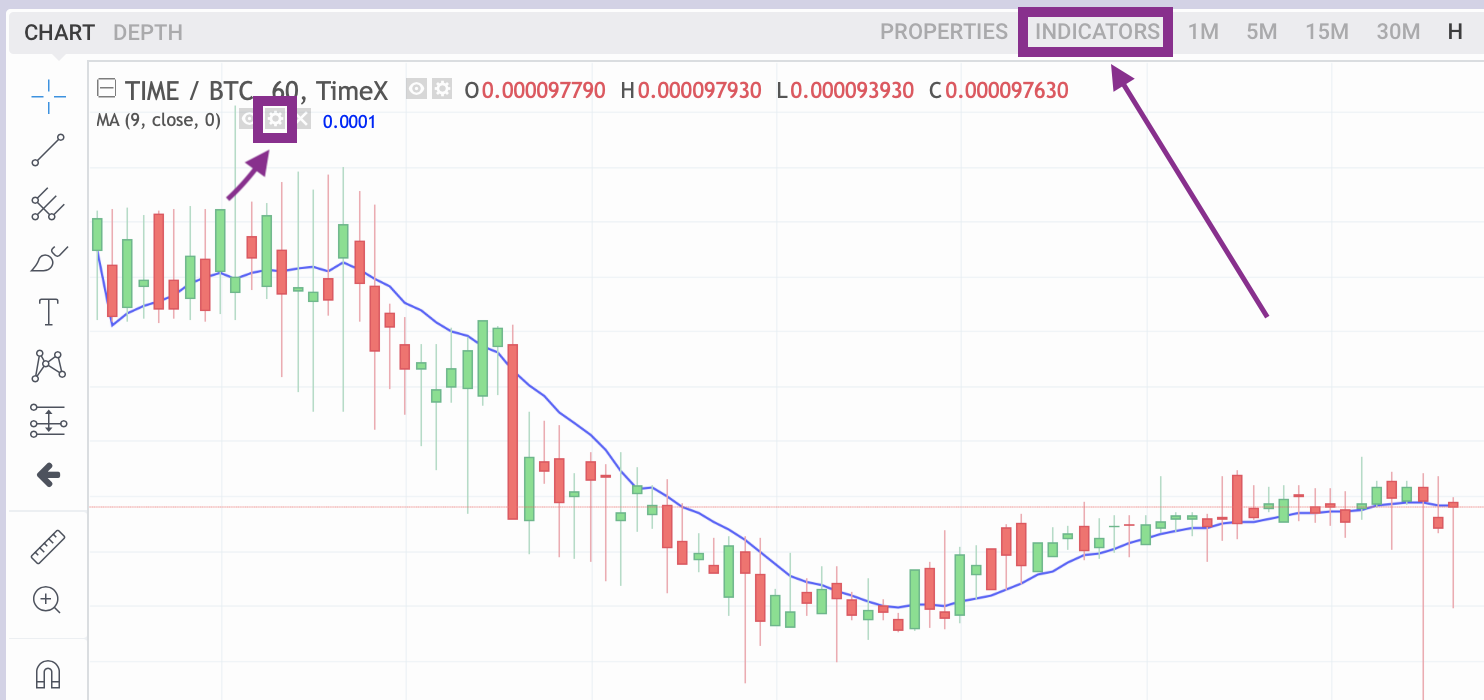Trading Indicator Highlight - Stochastic Oscillator
General
A stochastic oscillator compares the asset’s closing price with a given range of recent prices and fluctuates around a mean level to give a value of between 0 and 100. When the oscillator moves far above or below its mean, this offers an oversold (towards 0) or overbought (towards 100) signal.
Calculating the Stochastic Oscillator
The Stochastic Oscillator is calculated using the following formula:
Stochastic Oscillator %K = ((H14−L14) / (C−L14)) × 100
where
C = most recent closing price
L14 = the lowest price for the 14 previous trading periods (dependent on the timeframe)
H14 = the highest price traded during this period
The formula above gives the so-called ‘fast’ stochastic oscillator, %K. The ‘slow’ stochastic oscillator, %D, is calculated using the three-period moving average of %K, and therefore is less sensitive to changes in price.
Generating trading signals
A stochastic oscillator can be used on its own or with other indicators to produce signals. Typically, 80 is considered an overbought signal, and 20 oversold, but a strong trend (often seen in crypto) will not necessarily respect this. Therefore looking for changes to the current trend before price change occurs can be valuable.
As the price trend develops, the fast stochastic oscillator will change direction before the slow one. A trading signal is generated when these two moving averages cross, similar to the way regular MA crosses can be used. A buy signal is generated when %K crosses up over %D, and a sell signal when %K crosses down.
As momentum changes, the idea is that a price change will follow. An analogy is of a car running out of fuel as it drives up a hill: the speed of the car will start to change before the car’s direction changes and it rolls back down the hill. Similarly, a divergence between price and the oscillator can be a useful signal. For instance, if the price hits a higher high but the oscillator displays a lower high, this can suggest that the momentum of the rally is about to stall and a bearish reversal is coming.
How to add the Stochastic Oscillator to a Chart
Open your desired market on TimeX.io exchange, i.e the TIME/BTC market, locate the price chart window, and click Indicators.

Then search for and choose Stochastic.
You should now see the Stochastic Oscillator Indicator on the chart. Now you can edit its inputs and style by clicking on the gear-symbol next to the indicator list, shown beneath the TIME/BTC market symbol on the left of the chart.
